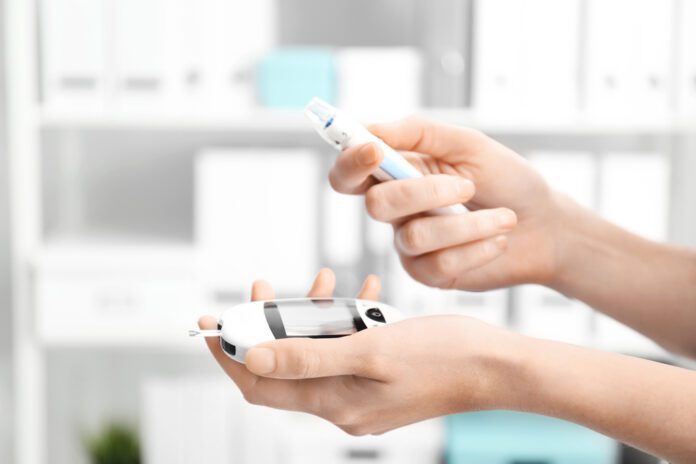Overview Of Acquired Nephrogenic Diabetes Insipidus
Acquired nephrogenic diabetes insipidus is a disorder caused by a defect in the tubules (small tubes) of the kidneys. As a result, the affected person creates too much heavily diluted urine. This version of the disorder develops through non-genetic means, hence the “acquired” part of the name.
Commonly Associated With
Nephrogenic diabetes insipidus; NDI; Congenital nephrogenic diabetes insipidus
Causes Of Acquired Nephrogenic Diabetes Insipidus
Normally, the tubules within the kidneys function to filter and then return water back to the body. A hormone within the body, known as antidiuretic hormone (ADH), usually functions to direct the kidneys to make urine more concentrated. Vasopressin is another name for this hormone.
When the tubules do not respond to ADH signals the way they normally do, the kidneys release too much water into the urine. As a result, the kidneys produce large quantities of too dilute urine. This disorder is referred to as nephrogenic diabetes insipidus (NDI).
Congenital NDI is the name when NDI is present at birth. To clarify, this is a very rare version of the disorder. It is known to be genetic and is inherited within family lines.
Acquired NDI is far more common than congenital NDI. In addition, it can develop due to a variety of reasons.
Some examples of factors that can cause the acquired form of NDI include:
- The use of specific medications, such as demeclocycline, lithium, or amphotericin B
- High calcium levels
- A blockage within the urinary tract
- Low potassium levels
Symptoms Of Acquired Nephrogenic Diabetes Insipidus
Those with acquired NDI may experience uncontrollable or intense feelings of thirst. Furthermore, they may crave ice water specifically.
They will produce unusually large amounts of urine when compared to the average for an unaffected person. These amounts of urine typically top 3 liters, and can go up to 15 liters per day in extreme cases. In addition, the urine produced is very dilute and will look very close to water in color when examined. They may need to urinate hourly, or perhaps even more frequently than that.
They may still need to urinate several times even during the night, despite the fact that they would not be drinking or eating at those times.
If the affected person does not drink enough fluids, dehydration can result.
Symptoms can include:
- Sunken fontanelles (soft spot on the head) in infants
- Dry skin
- A sunken appearance to the eyes
- Dry mucous membranes
- Changes to the person’s sense of balance or their memory
Other symptoms that can occur due to NDI associated dehydration include:
- Irritability
- Fatigue, and a general feeling of weakness
- A change in the person’s alertness, and in extreme cases they may end up in a coma or coma-like state
- A low body temperature
- A headache
- Rapid heart rate (tachycardia)
- Muscle pain (myalgia)
- Unintentional weight loss
Exams & Tests
A health care provider will examine the patient and ask about their symptoms, or their children’s symptoms if a parent brings in their child for an examination.
A physical exam can reveal:
- Signs of dehydration if present
- A rapid heart rate (tachycardia)
- Shock, if happening currently
- Low blood pressure (hypotension)
Tests can reveal:
- That the kidneys don’t properly concentrate urine when the patient is given ADH (usually done using a medication called desmopressin)
- Normal or high levels of ADH
- High urine output, no matter how much fluid the patient consumes
- High serum osmolality (Various chemicals are unusually concentrated in the blood)
- Low urine osmolality (the urine is unusually dilute and does not have the normal concentration of substances or chemicals)
Other tests the doctor may perform include:
- Supervised water deprivation test
- Sodium blood test
- Urine specific gravity test
- Urine concentration test
- A urine 24-hour volume test
Treatment Of Acquired Nephrogenic Diabetes Insipidus
The main goal of NDI treatment is to get the affected person’s fluids back in balance. Above all, replace fluids in amounts at least equal to the amount of water being lost in their urine.
If the acquired NDI is due to a certain medication the person is taking, they may need to stop that medication to improve their symptoms. However, patients should NEVER stop any of their medications without first consulting their health care provider.
Medications are also available to help reduce urine output. But, this is only if the cause of the acquired NDI cannot be found or treated.



